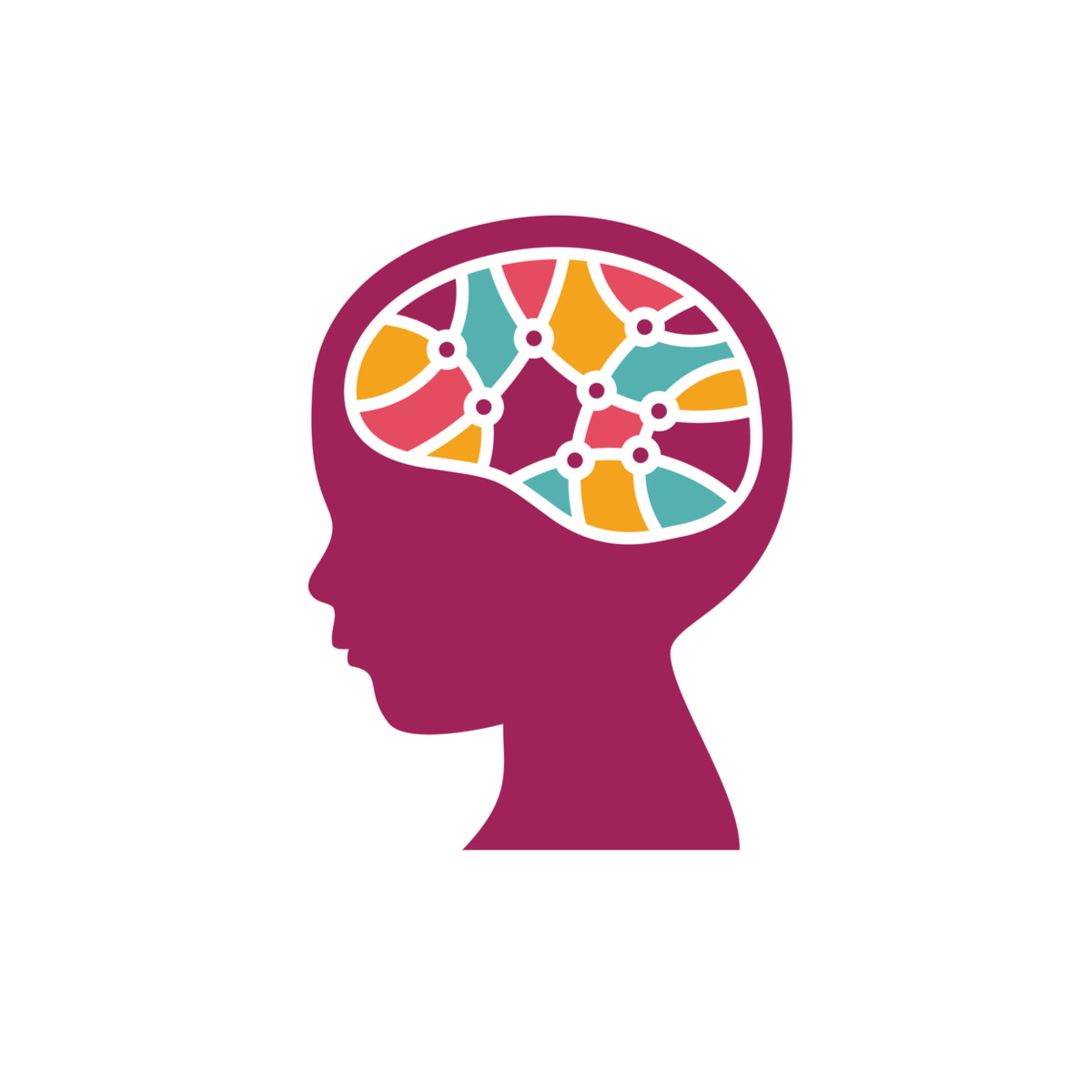E-Pluribus | June 22, 2022
What the gender identity obsession is inflicting on children, how high tech impacts identity, and progressive eating their own.
A round-up of the latest and best writing and musings on the rise of illiberalism in the public discourse:
Leor Sapir: The Assault on Children’s Psyches
A common trope of politicians and activists is that, whatever they are doing, they are doing it “for the children.” At City Journal, Leor Sapir argues that when it comes to gender ideology, it’s more about what is being done to rather than for the children. Sapir says there is growing evidence that children’s focus on identity is manifesting itself in a variety of mental-health issues.
A recent study by Eric Kaufmann confirms the new meaning of LGBT among young Americans. “Whereas in 2008 attitudes and behavior were similar,” he writes, “by 2021 LGBT identification was running at twice the rate of LGBT sexual behavior.” The recent explosion in LGBT identification among Generation Z seems to be driven mainly by young, white, very liberal women who self-identify as lesbian or bisexual but who do not necessarily have female partners. LGBT identity has become divorced from sexual behavior or erotic feeling, allowing anyone to belong on the basis of little more than a generalized dissatisfaction with contemporary sexual mores.
If Kaufman is right that LGBT identity is increasingly an expression of a more general left-wing politics, then it would be unsurprising to learn that progressive messaging about the prevalence of “white supremacy” is fueling trans identification within one of society’s most impressionable demographics. Josie and Devon (pseudonyms), two parents who lead the online support group Parents with Inconvenient Truths about Trans (PITT), told me how their sons’ exposure to gender-identity ideology in school was preceded by a prolonged “Marxist” analysis of American history.
Another option available to girls who wish to escape or at least mitigate their status as oppressors is to have a diagnosed mental-health problem—especially ADHD, multiple-personality disorder, gender dysphoria, depression, or anxiety. Patricia said that it is not uncommon for teenage girls in her daughter’s community to one-up one another constantly based on who has more (or more severe) diagnoses. Data compiled over the past decade show a huge upsurge in mental-health problems in youth of both sexes but especially among teenage girls and young women.
Read it all.
Sahil Handa: Technology and the Creation of Identity
As the article above points out, people are now encouraged from a very early age to question and explore their “identities.” As this new focus on identity comes on the heels of the advent of the internet age, the impact is multiplied and magnified exponentially. Sahil Handa explores the synergy of technology and identity for Discourse Magazine.
The modern nation-state pins people down by type. Before the advent of the printing press, identity was primarily based on private, immediate relationships: geography, local community, religious faith and working relationships. But widespread dissemination of the written word meant that large communities began to organize around shared languages, and identity systems became extremely centralized. These centralized systems aggregated properties about people at enormous levels of scale, retaining identifying information covering millions of participants. Today a similarly disruptive technology, the internet, has resulted in yet more data collection and identity categorization. But as the internet continues to develop, it is possible that user-owned networks without a government or corporate mediator will allow users to explore identity in freer, less rigid ways.
[ . . . ]
The cruelty of centralized identity systems is that they eliminate local diversity and impose a uniformity on everything. People become forgettable anomalies, or even inconveniences. The identity boundaries that the state conjures up don’t come close to modeling the complexity of the human population underneath. And over time, the markers that a state uses to categorize its citizens end up constituting those people’s identities.
[ . . . ]
Part of the utopian appeal of the internet was that you could eliminate this pigeon-holing and permit more fluid notions of identity. In the early days of the web, chat forums such as The Well and social networks such as SocialNet were methods for escaping one’s identity and incubating alternative identities, often under pseudonyms. And as the internet became mainstream, games like RuneScape, Club Penguin and Neopets played a significant formative role for the so-called Zoomer generation—the digital natives born after 1997. On these platforms, no single force was responsible for defining who people were or the categories to which they belonged. The aspirational ethos was one of freedom and authenticity.
Today, almost nobody associates the internet with authenticity: we associate it with artificiality. Facebook (since renamed Meta) was, in many ways, the online version of the overarching nation-state. As it grew, it mapped real-world identity onto digital life, turning each human being into a unified identity whose interests were eventually made legible to advertisers. This process began on college campuses, where excitable undergraduates began translating every part of their social lives to their online profile, epitomized by the legendary “Relationship Status” button. Digital identity became singular and census-like—Facebook went to the extent of requiring a government ID check when they suspected a person of using someone else’s name or profile picture.
Read it all here.
Matthew Yglesias: Why progressive organizations have become so vulnerable to staff meltdowns
Ryan Grim’s Intercept piece on infighting at progressive organizations has generated a lot of buzz. Matthew Yglesias analyzes the phenomenon at his Substack and concludes that leaders of these organizations are simply going to have to cut themselves the slack that they often seem to be unwilling to cut anyone else.
So I think people who care about progressive issues should be doubly concerned by the meltdowns. Not only do they consume resources and paralyze organizations directly, but to the extent that leaders avert paralysis by adopting generic across-the-board left politics, they will fail.
That means it’s important to offer a diagnosis that goes beyond the basic points of tactical management failures (though those exist) and the peculiar dynamics of Zoom and Twitter (though those are real) to understand the basic ideological vulnerability that created this problem.
I think that far too many institutional leaders have, with the encouragement of their funders, accepted unrealistic diversity goals (whether implicit or explicit) along with the premise that failing to meet those goals is prima facie evidence of a racist internal culture. When organizations stand presumptively guilty according to criteria that they and their donors have accepted, it makes them extremely vulnerable to wreckers and opportunists and makes effective management impossible.
The truth is that diversity and representation do matter, but progressive leaders need to be clearer and more rigorous about how and when they matter and what realistic goal-setting looks like.
[ . . . ]
The progressive movement needs leaders who maintain high aspirations but also set reasonable goals. You want a cycle of continuous improvement rather than the current norm of setting implausible goals and then tearing the organization apart for failing to meet them.
Read the whole thing.
Around Twitter
A New York Magazine thread with excerpts from a new story on an out of control episode of high school cancelling, bullying, MeToo accusations and an administration totally unprepared to handle it:






David French on both-sides-ing when it comes to violence and threats and making excuses:






And finally, the National Abortion Rights Action League with a great example of progressive intersectionality:







